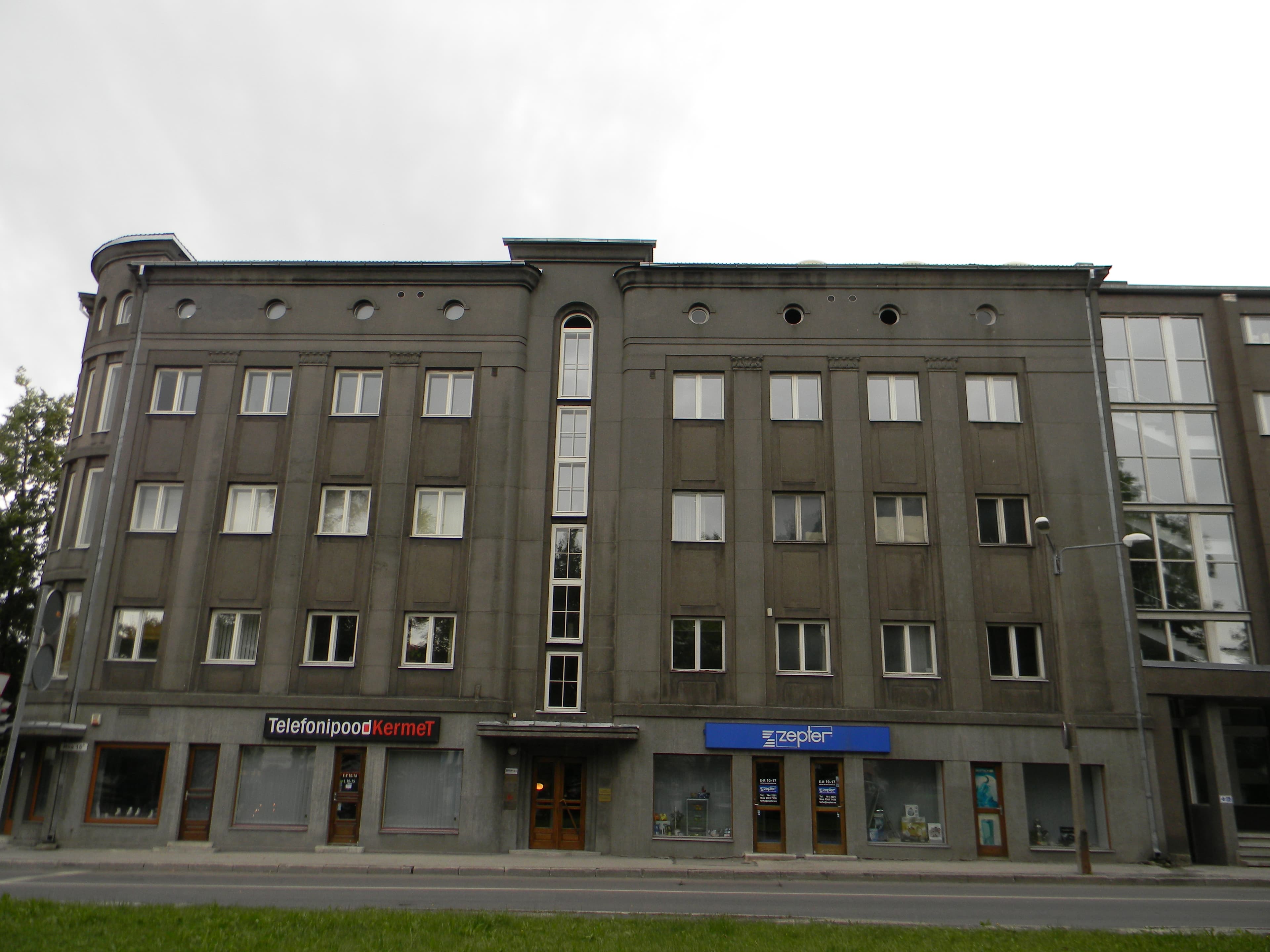
KGB Cells Museum
Step into Estonia's past at the KGB Cells Museum, a chilling reminder of Soviet occupation and the fight for freedom.
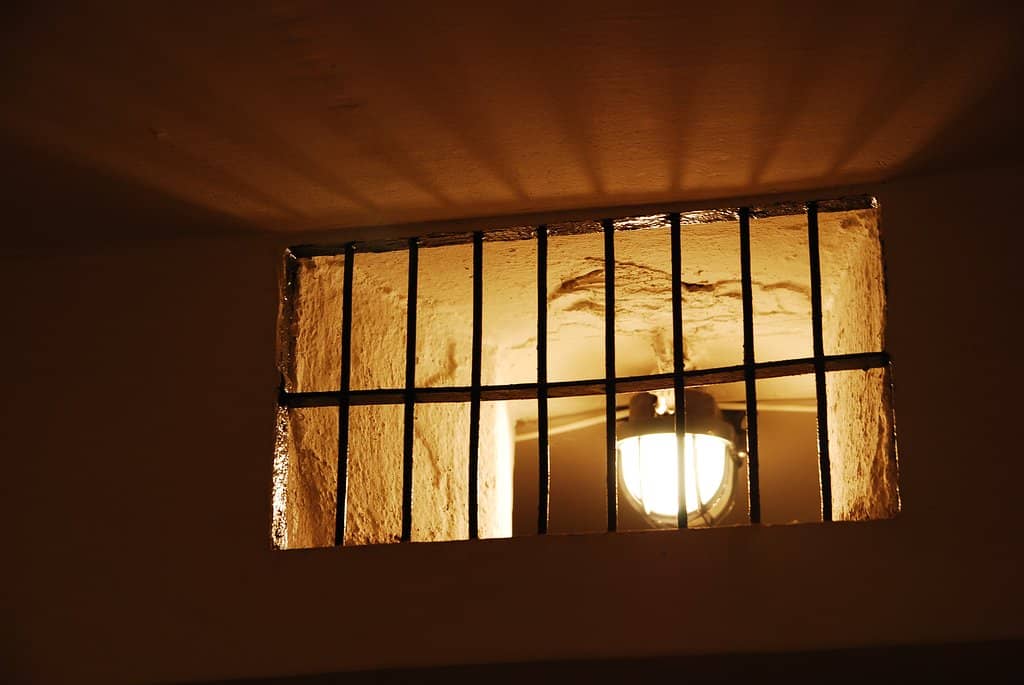
Highlights
Must-see attractions
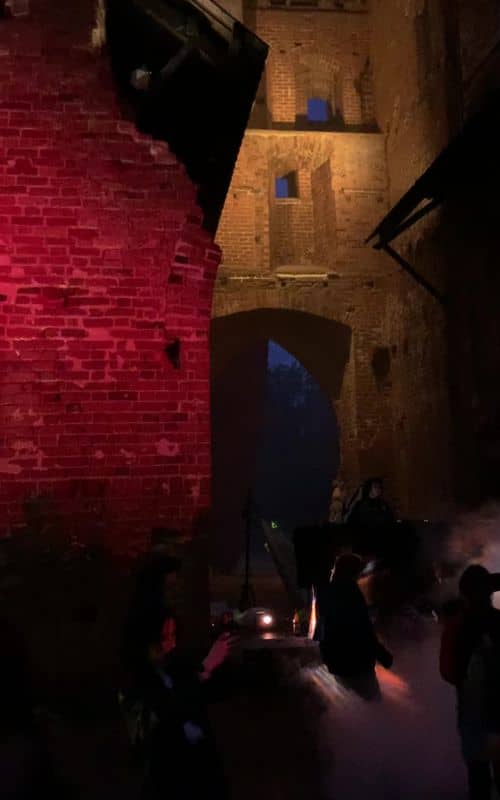
Social
From TikTok & Reddit
Best Time
Fewer crowds, more reflection

KGB Cells Museum
Best Time
Fewer crowds, more reflection

Highlights
Must-see attractions
Step into Estonia's past at the KGB Cells Museum, a chilling reminder of Soviet occupation and the fight for freedom.
"A fascinating (but dark) exploration of the history of the Russian occupation of Estonia."
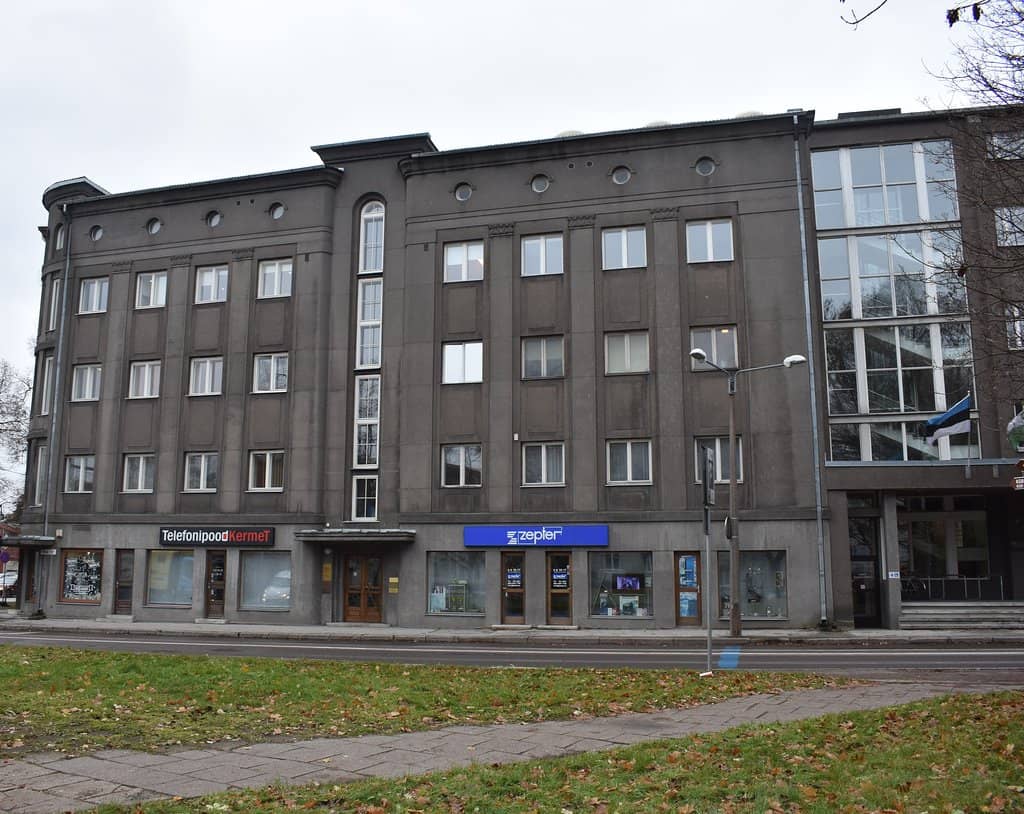
Allocate 30-45 Minutes
The museum is small and self-guided, so you can explore it thoroughly in under an hour .
English Information Available
All exhibitions and signs are in English, making it accessible for international visitors .
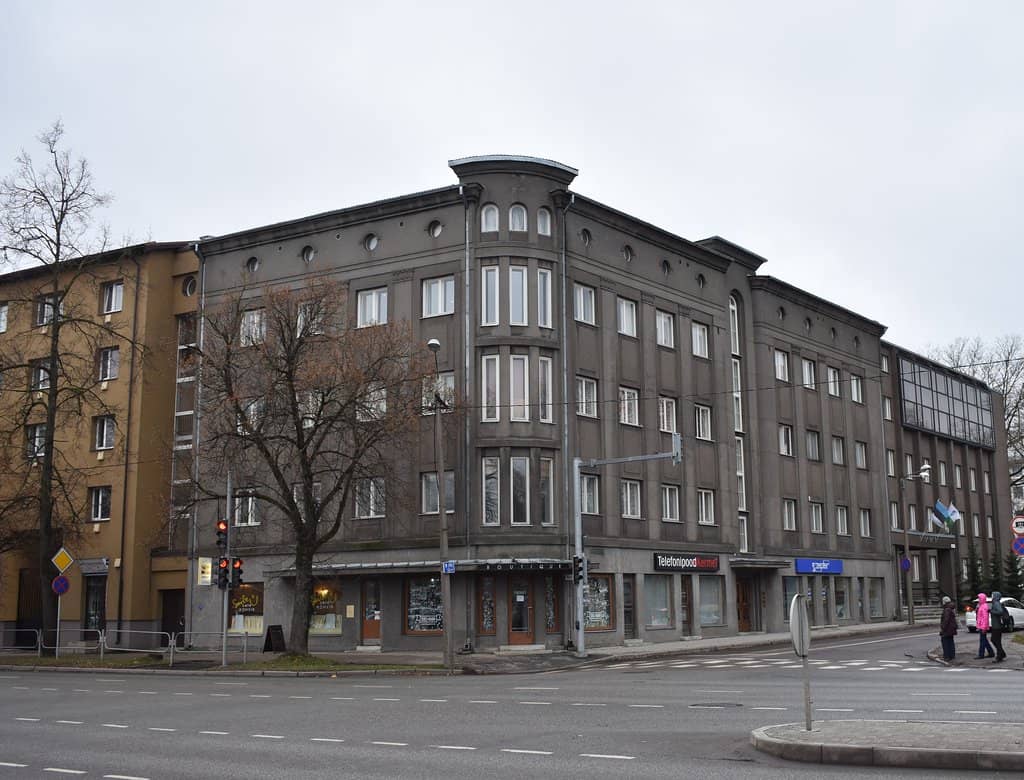
Highlights
Discover the most iconic attractions and experiences
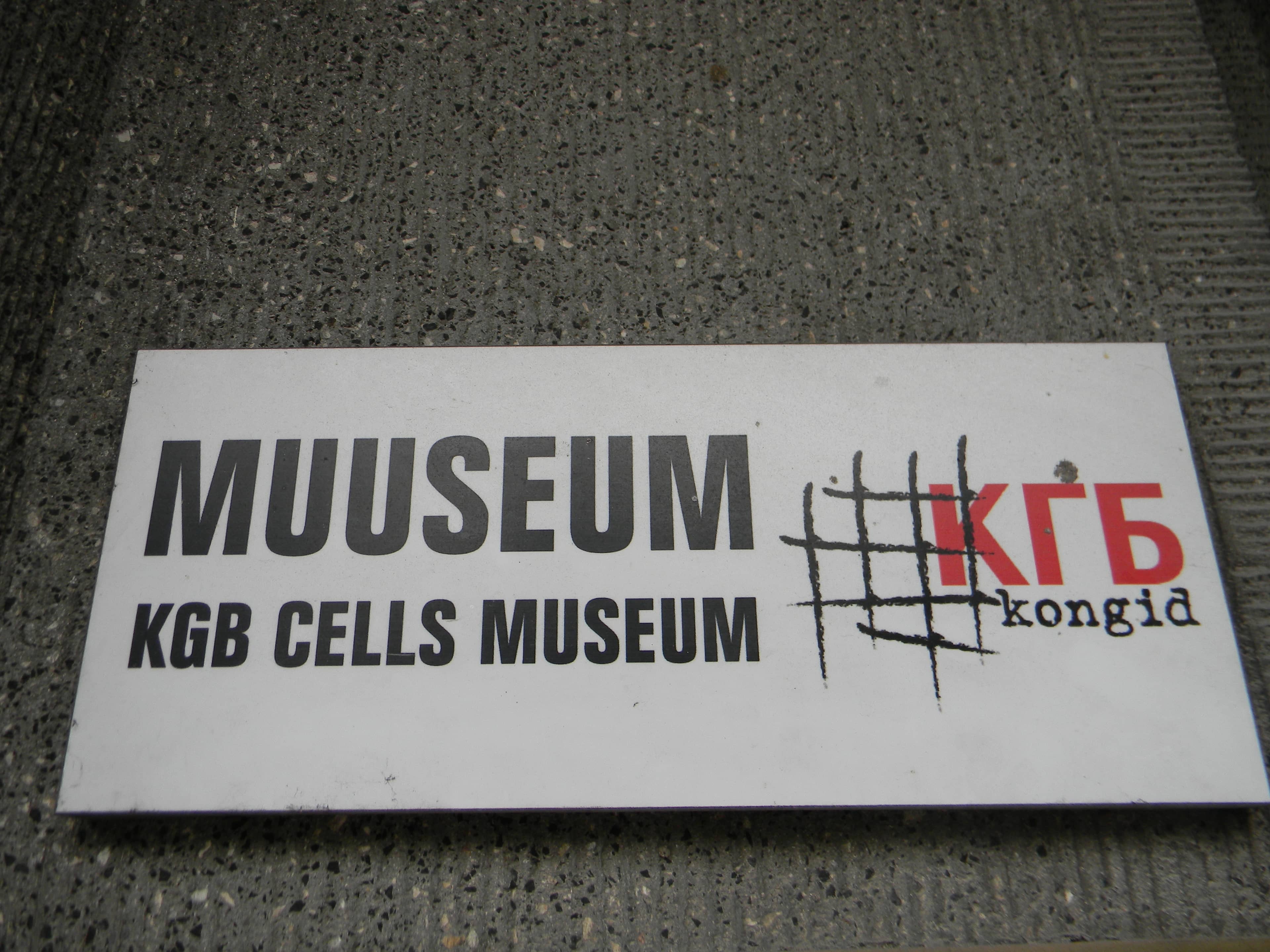
The Prison Cells
Basement level
Step into the chilling reality of former KGB prison cells, preserved to show the harsh conditions of political prisoners.
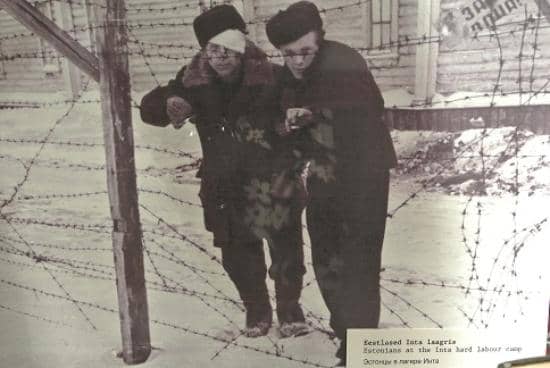
Forest Brothers Exhibition
Main exhibition area
Discover the story of Estonian resistance fighters, the Forest Brothers, and their fight for freedom.
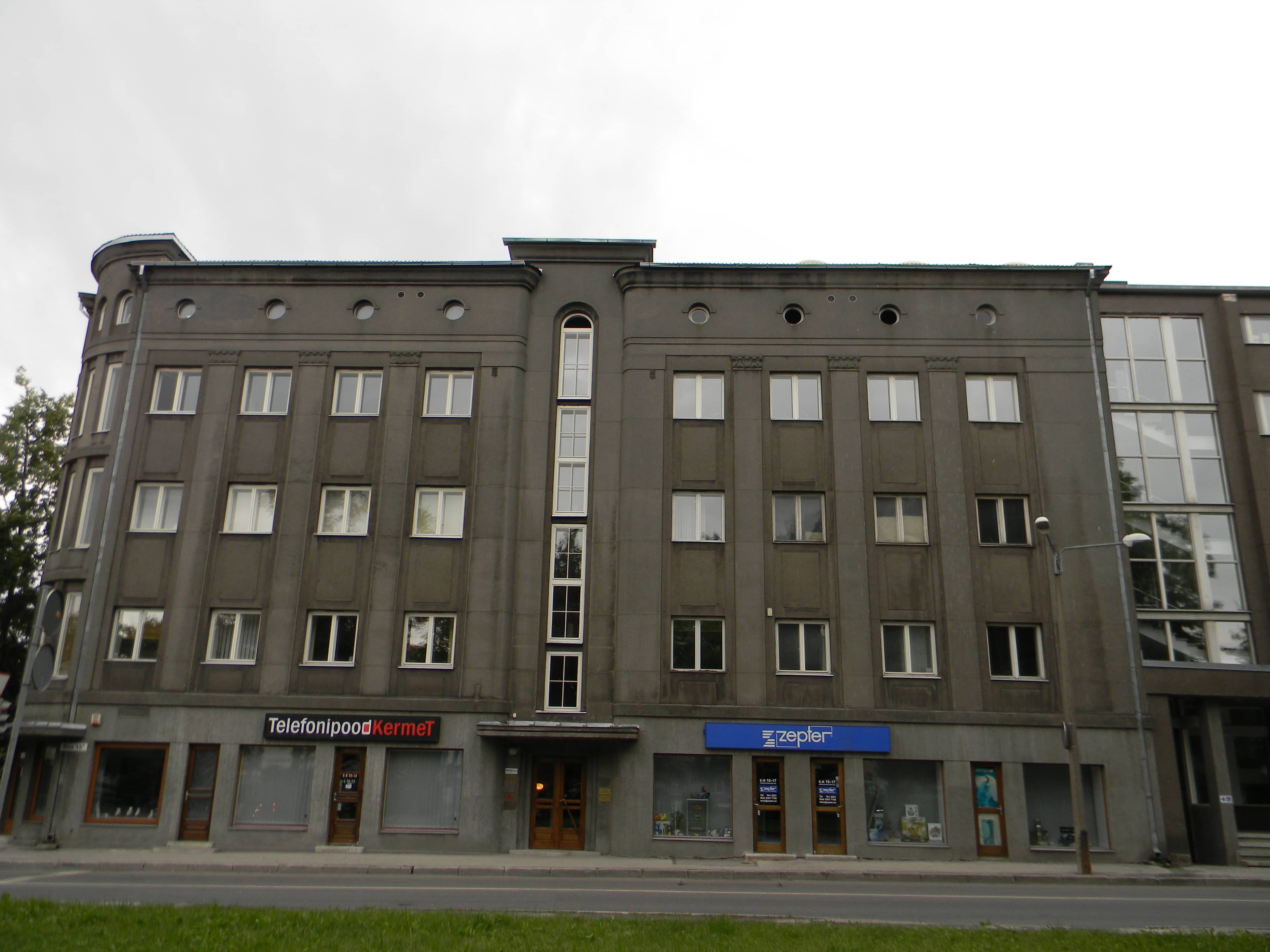
Unintended Time Capsule
Special exhibit area
See a poignant collection of personal belongings left behind by freedom fighters, offering a glimpse into their final moments.
Plans like a pro.
Thinks like you
Planning Your Visit
Timing is Key for a Deeper Dive
Understand the Context
Best Times
Insider Tips
from TikTok, Instagram & Reddit
Allocate 30-45 Minutes
The museum is small and self-guided, so you can explore it thoroughly in under an hour.
English Information Available
All exhibitions and signs are in English, making it accessible for international visitors.
Consider a Guided Tour
While self-guided, a tour can offer deeper insights into the history.
Not Ideal for Young Children
The dark historical themes may not be suitable for younger visitors.
Tips
from all over the internet
Allocate 30-45 Minutes
The museum is small and self-guided, so you can explore it thoroughly in under an hour.
English Information Available
All exhibitions and signs are in English, making it accessible for international visitors.
Consider a Guided Tour
While self-guided, a tour can offer deeper insights into the history.
Not Ideal for Young Children
The dark historical themes may not be suitable for younger visitors.
Small Gift Shop Onsite
Pick up a souvenir or a book to remember your visit.
What Travellers Say
Reviews Summary
Visitors find the KGB Cells Museum to be a fascinating and educational, albeit dark, exploration of Estonia's history under Soviet occupation. The preserved prison cells and exhibits on the Forest Brothers are particularly impactful. While small, the museum is well-presented with multilingual information, making it accessible. Some suggest a guided tour could enhance the experience, and it's noted as being more suitable for adults and older teens.
"I went here today as part of the Estonian museum night. The staff was friendly, spoke English and the entry fee was €1.
I found it very interesting and educational. All exhibitions and signs were available in English, which made it easy to follow. It was quite packed with people, the space is limited inside, thus if I had to paid full price, I would go at a less busy moment. It doesn’t take very long to complete everything, I’d say 30-45 minutes at most. Would definitely recommend going!"
Thomas .A
"Very nice and impressive small museum. The history memory is well preserved in Estonia, as a Chinese I really appreciate that."
Karl Karl
"A fascinating (but dark) exploration of the history of the Russian occupation of Estonia. The museum is self paced and self guided. It is great for any history buffs but not ideal for children. There is a small gift shop and a clean toilet on site. Tickets were seven Euros per adult."
Ken Weary
What People Like
What People Dislike
Frequently Asked Questions
🚇 🗺️ Getting There
The KGB Cells Museum is located in the city center of Tallinn, making it easily accessible. Many visitors arrive on foot from other central attractions. Public transport options are also available, with several bus and tram lines stopping nearby. Check local transport apps for the most convenient routes from your accommodation.
Parking in central Tallinn can be challenging and expensive. It's generally recommended to use public transport or walk if you are staying in the city center. If you are driving, look for paid parking lots or garages in the vicinity.
Absolutely! The museum is close to many other historical sites, including the Great Guild Hall and the Estonian Weaponry Museum. It's also near the Vabamu Museum of Occupations and Freedom, offering a broader perspective on Estonia's history.
🎫 🎫 Tickets & Entry
Opening hours can vary, so it's always best to check the official museum website before your visit. They are generally open daily, but specific times might differ seasonally.
Ticket prices are typically around seven Euros for adults. During special events like Estonian Museum Night, entry can be as low as one Euro. Check the museum's website for the most current pricing.
For regular visits, booking in advance is usually not necessary, as the museum is self-guided and relatively small. However, during peak tourist seasons or special events, it might be advisable to secure your tickets to avoid disappointment.
The museum's content is historical and deals with sensitive topics related to occupation and imprisonment. It is generally considered more suitable for older children and adults who can grasp the historical context.
🎫 🧭 Onsite Experience
Most visitors spend between 30 to 45 minutes exploring the museum, as it is a self-guided experience with a focused exhibition.
The museum is primarily self-guided, allowing you to explore at your own pace. However, some visitors suggest that a guided tour, if available, could offer deeper historical context.
Yes, there are clean toilet facilities available on-site for visitors.
The exhibitions and informational signs are available in multiple languages, including English, making it easy for international visitors to understand the historical narratives.
The atmosphere is somber and reflective, designed to convey the gravity of the historical events. It's a powerful and educational experience that aims to preserve historical memory.
📸 📸 Photography
Photography policies can vary. It's best to check for signage at the entrance or ask museum staff. Often, personal photography without flash is permitted, but commercial use or flash photography might be restricted.
The preserved prison cells themselves offer a stark and impactful visual. The 'unintended time capsule' exhibit also provides unique photographic opportunities, capturing personal items from a difficult era.
Generally, personal photos for social media are allowed, but always be respectful of the solemn nature of the exhibits. Avoid intrusive photography that might disturb other visitors.
For Different Travelers
Tailored advice for your travel style
👨👩👧 Families with Older Children
Key recommendations for families:
* Focus on the Forest Brothers exhibition: This aspect often resonates well with younger audiences due to the themes of bravery and resistance.
* Engage in post-visit discussions: Use the visit as a springboard for conversations about history, freedom, and human rights.
* Combine with lighter attractions: Balance the intensity of the KGB Cells Museum with visits to nearby, more cheerful sites like the AHHAA Science Center or the University of Tartu Botanical Garden (if visiting Tartu) to provide a varied experience.
🏛️ History Enthusiasts & Researchers
Researchers may find the museum's collection of personal items and documents particularly insightful. While the museum is self-guided, the depth of information presented allows for significant learning. Consider dedicating ample time to read through all the displays and perhaps revisiting sections that pique your interest. The museum's location in Tallinn also makes it easy to combine with visits to other historical sites and archives in the city, offering a comprehensive research experience.
Deep Dives
In-depth insights and expert knowledge
The Historical Significance of the KGB Cells Museum
Beyond the cells themselves, the museum delves into the broader context of Soviet repression. Exhibitions detail the methods of interrogation, the psychological impact on prisoners, and the fate of many who were deported or executed. A significant part of the museum is dedicated to the Forest Brothers, an armed resistance movement that fought against Soviet occupation in the forests of Estonia. Their story is told through artifacts, documents, and personal accounts, highlighting their bravery and the sacrifices they made for Estonia's independence. The museum also showcases an unintended time capsule, a collection of personal belongings left behind by freedom fighters, offering an intimate connection to their final moments of freedom.
Visiting the KGB Cells Museum is not just about learning history; it's about understanding the resilience of the Estonian people and the importance of remembering the past to prevent future atrocities. The museum's commitment to preserving this history ensures that the stories of those who suffered and fought are not forgotten. It's a place that prompts reflection on freedom, occupation, and the enduring spirit of a nation.
Navigating the Museum Experience
While the self-guided nature allows for personal reflection, some visitors have noted that a guided tour could provide even deeper insights into the complex history and the personal stories behind the exhibits. If you are a keen history buff, consider researching the period beforehand or looking for any available guided options. The museum also features a small gift shop where you can find books and souvenirs related to Estonian history and the period of occupation.
It's important to note that the subject matter is heavy and can be emotionally challenging. The museum is not ideal for very young children due to the sensitive nature of the content. However, for adults and older teenagers interested in understanding Estonia's struggle for independence and the realities of Soviet occupation, it offers a profound and educational experience.
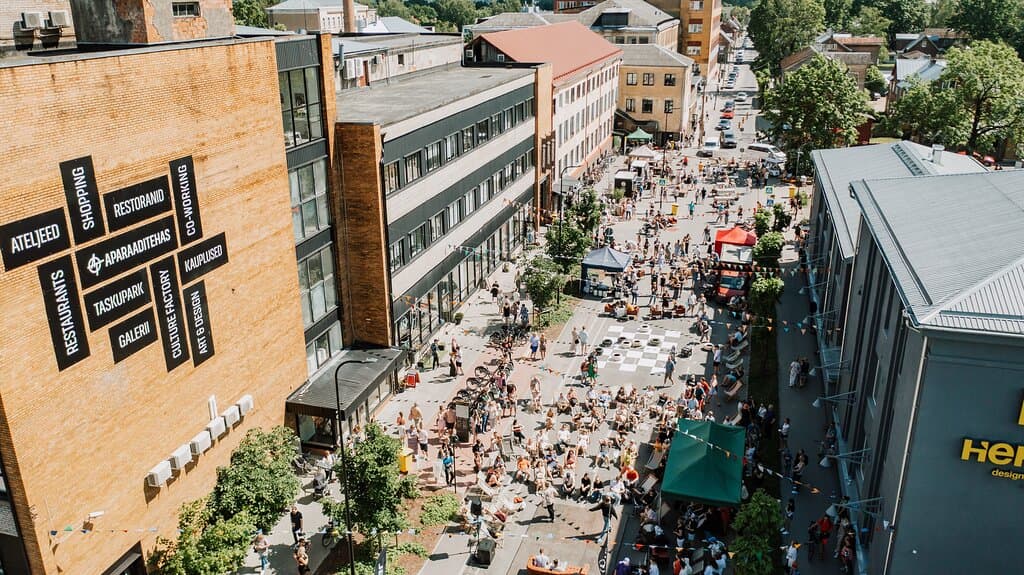

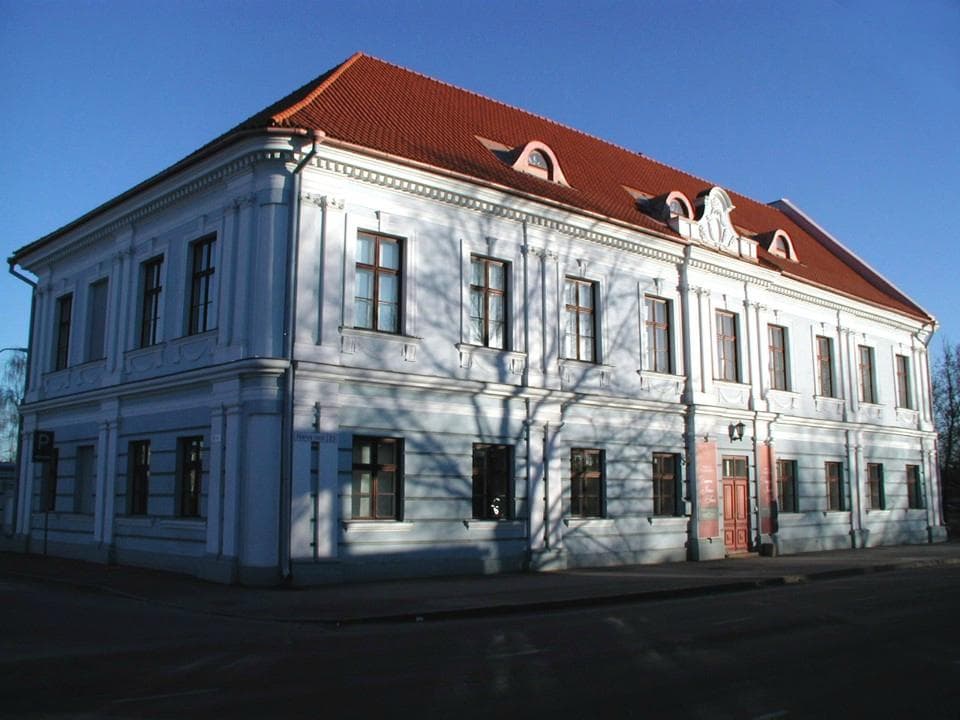
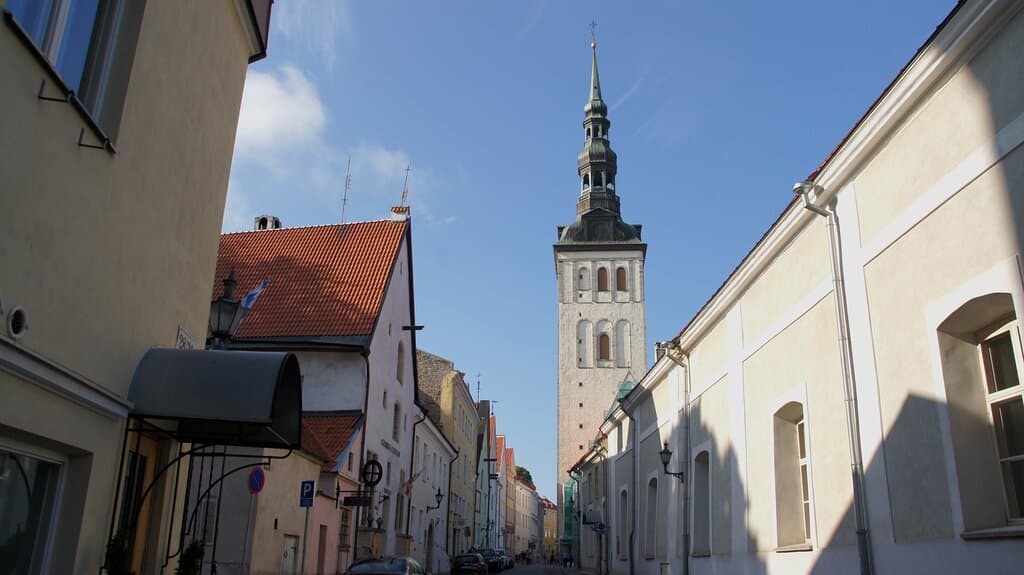
Social
from TikTok, Instagram & Reddit